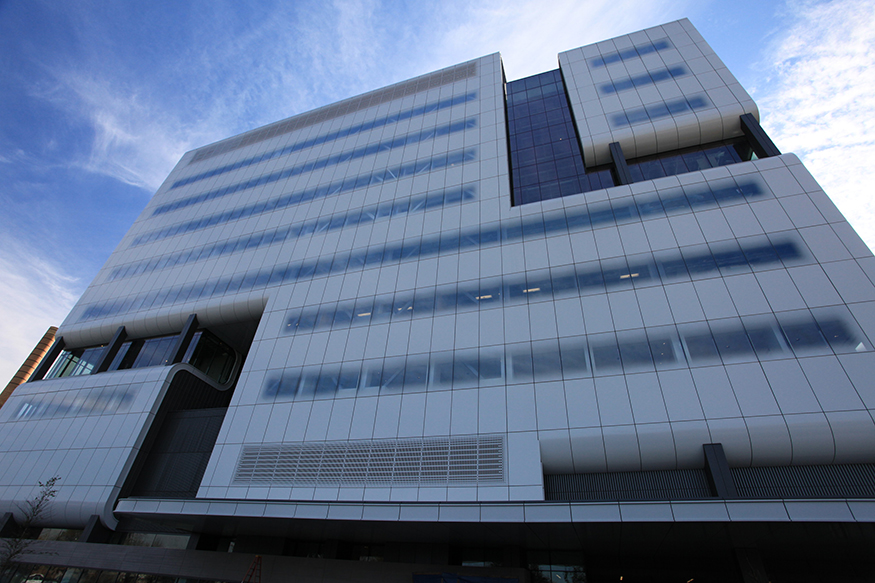
Over the past decade, New York’s Upstate, Central, and Western regions have been transformed from retired industry into technical paradises. From the entrepreneurial and medical hubs in the greater Buffalo region to the biomedical advancements and investments taking place in the Rochester/Syracuse area to the nanotechnology revolution in the Mohawk Valley continuing east to the Capital Region, New York State’s economical and educational outlook is bright and prosperous.
UAlbany College of Nanoscale Science and Engineering’s CEO Alain Kaloyeros recently named this trailway of technology when talking to the Times Union:
Kaloyeros is calling [the new drug discovery research and development center] “the high-tech mall.”
And he dubbed the corridor linking Albany and Buffalo the “21st century high-tech innovation canal,” echoing the role the Erie Canal played in an earlier era.
These unique private-public partnerships have garnered international attention, including from President Barack Obama, Apple Co-Founder Steve Wozniak, and countless national news outlets.
The educational institutions spanning the corridor are vehicles for the success of the innovation and SUNY campuses are leading the way. Throughout this series, we’ll get you up-to-speed on the latest technology investments, partnerships, and developments.
Computer Chip Hybrid Integration Partnership | SUNY Upstate and SUNY ESF Biotechnology Research Center | Buffalo Niagara Medical Campus | The Capital Area Tech Valley
__________________________________________________
Week 3

Buffalo Niagara Medical Campus
The UB School of Medicine and Biomedical Sciences has seen an extraordinary increase in infrastructure, research, and ultimately innovation throughout the past decade. Part of the University at Buffalo’s Strategic Plan directs the revitalization of the Downtown Campus through construction of the Clinical and Translational Research Center and moving the School of Medicine and Biomedical Sciences to the Buffalo Niagara Medical Campus.
The School currently has three distinct campus locations, including the South Campus, North Campus, and Downtown Campus—the Buffalo Niagara Medical Campus—where the the School of Medicine and Biomedical Sciences will move to in 2016.
According to UB 2020:
The move in 2016 is to combine the three components of patient care, medical education and bio-medical research into one physical location in Western New York. This integrated program will place emphasis on patient outcomes, foster advancements in medical education and will provide the setting for new breakthroughs in medical research. The School of Medicine and Biomedical Sciences is poised to grow in student enrollment, faculty and staff. With a new home to facilitate its ambitious plans for the future, the School will continue to be a flagship institution for the University at Buffalo.
This new School of Medicine and Biomedical Sciences will be positioned as a learning environment for research and general medical and biomedical education, and will encourage interdisciplinary collaboration among departments and high-level funded research.
The Buffalo Niagara Medical Campus recently saw the completion of the $291 million, eight-story Clinical and Translational Research Center, or CTRC.
The CTRC is a joint project of The University at Buffalo and Kaleida Health which will “help link clinical care and teaching with research and commercial application in the health sciences” through attracting top researchers and funding to Western New York. Its opening in September of last year has opened the floodgates for a dozen research fields to be explored, such as a Research Ethics, Regulatory Knowledge and Support, Biomedical Informatics, and Evaluation and Tracking.
The University at Buffalo is well-positioned to sustain high-energy, results-oriented medical and biomedical programs. Through its investment in the Buffalo Niagara Medical Campus, results are closer, more scalable, and likely more common.
[youtube http://www.youtube.com/watch?v=dWyF2v9PidM&w=728&h=410]

